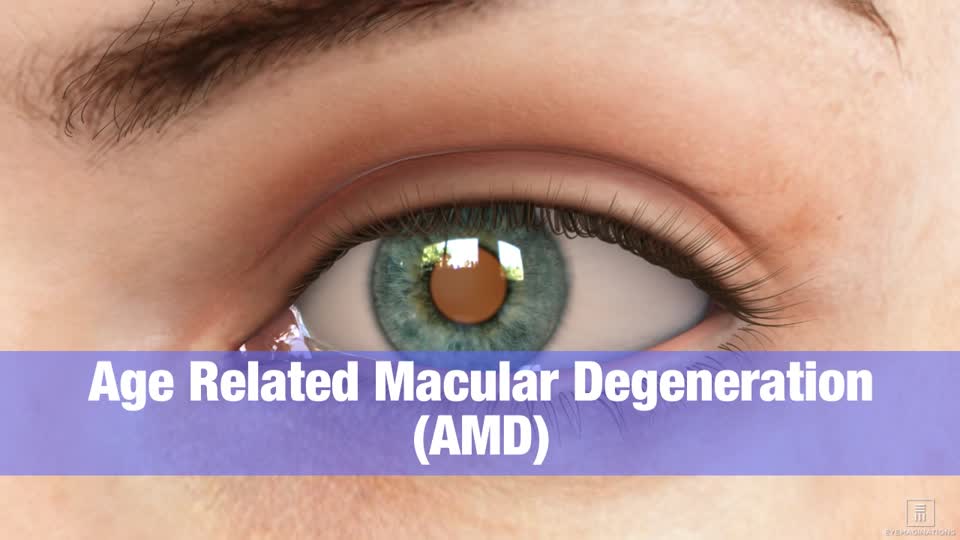Cells Involved In Age-Related Macular Degeneration That Causes Blindness In The Elderly Finally Identified
Source: Thailand Medical News Oct 31, 2019 5 years, 5 months, 3 weeks, 5 days, 19 hours, 34 minutes ago
Medical researchers from Yale University, the Broad Institute of the Massachusetts Institute of Technology, and Harvard University in a joint study discovered that glial cells (or support cells), and vasculature cells tasked with providing blood to the retina as well as cone cells contribute to degeneration of the macula, in the central part of the retina.

Currently,
age-related macular degeneration is one of the leading causes of
blindness in the
elderly, affecting more than 2.2 million people in the United States alone and about 37 million people globally. It typically leads to a gradual and progressive loss of central vision. Genome-wide studies have identified almost three dozen genes that play a role in the disease, but exactly where in the eye they inflict damage was not well known until the findings of this study was revealed.
Co-senior author Brian Hafler, assistant professor of
ophthalmology and visual science and of pathology at Yale in an exclusive interview with
Thailand Medical News commented “This study helps pinpoint cell types that can be investigated closely to develop new types of therapeutics.”
Currently there are a limited number of effective long-term treatments available for the two forms of
macular degeneration. The wet form is caused by growth of abnormal blood vessels underneath the macula, which can be mitigated by regular injections in the eye.
Other than eye vitamin supplements, there is no treatment for the dry form of the disease, which is marked by accumulations of yellow deposits called drusen in the macula. Some of the
health supplements that have shown to help the condition includes lutein, zeaxanthin, vitamin C, vitamin E, Omega Fish Oils an also zinc and cupric oxide. While current treatments provide some benefits, over time there can be a continued, progressive loss of vision in both forms of the disease.
Although the genes associated with the risk of developing
macular degeneration had been identified, the Yale/Harvard/MIT team used new single-cell sequencing to generate the first comprehensive human retinal atlas and employed data analysis technology to localize their effects to specific cell types associated with the disease.
While the medical researchers found risk genes associated with cones, the cell type key to central vision, the researchers also found an association with glial and vascular cells providing possible targets for novel therapies to improve and restore vision.
The research team is also embarking on other studies to discover that can help reverse or aid
age-related macular degeneration.
Reference: Menon
et al. (2019) Sing
le-cell transcriptomic atlas of the human retina identifies cell types associated with age-related macular degeneration.
Nature Communications. DOI:
https://doi.org/10.1038/s41467-019-12780-8
